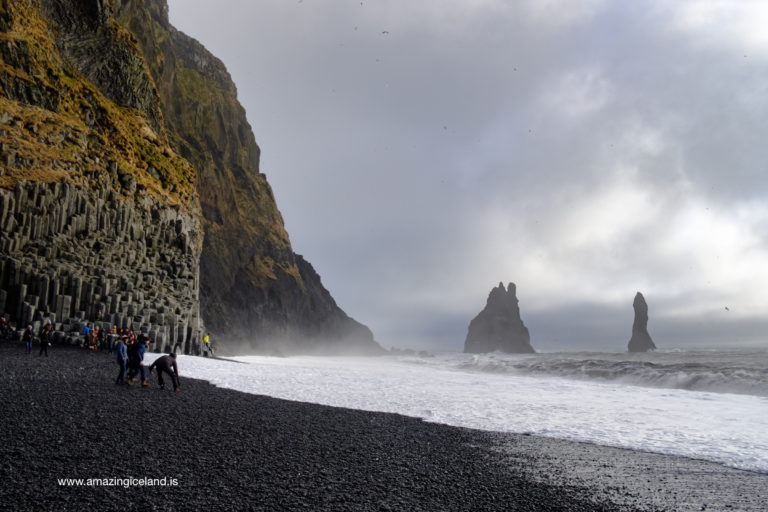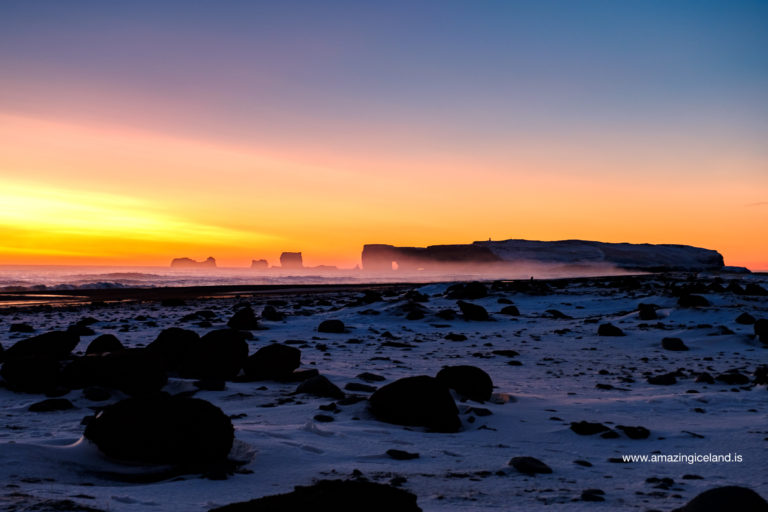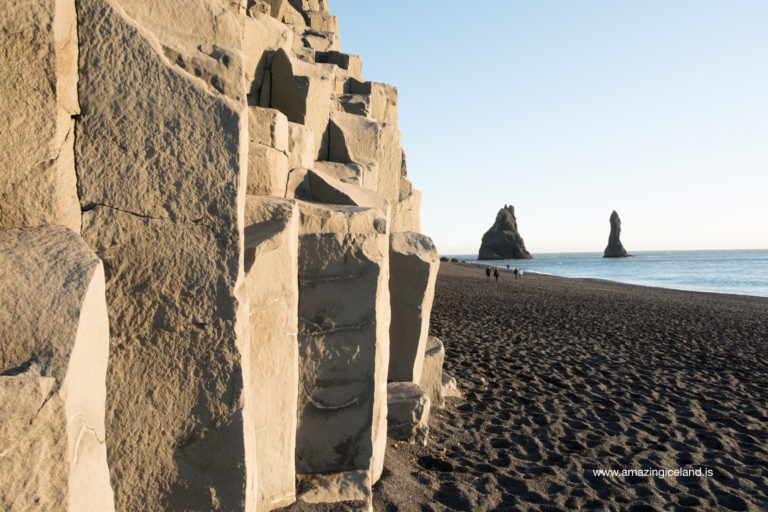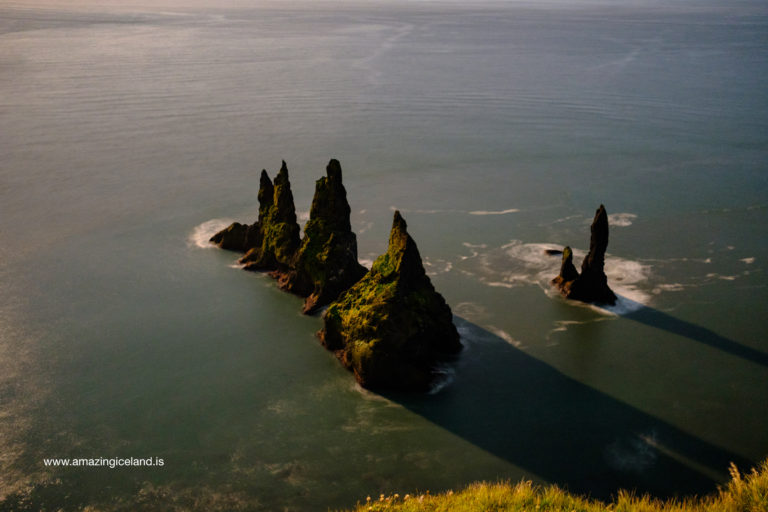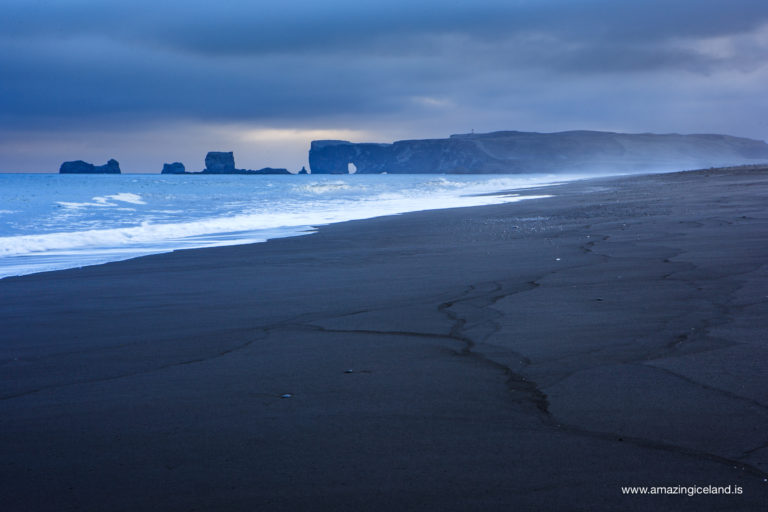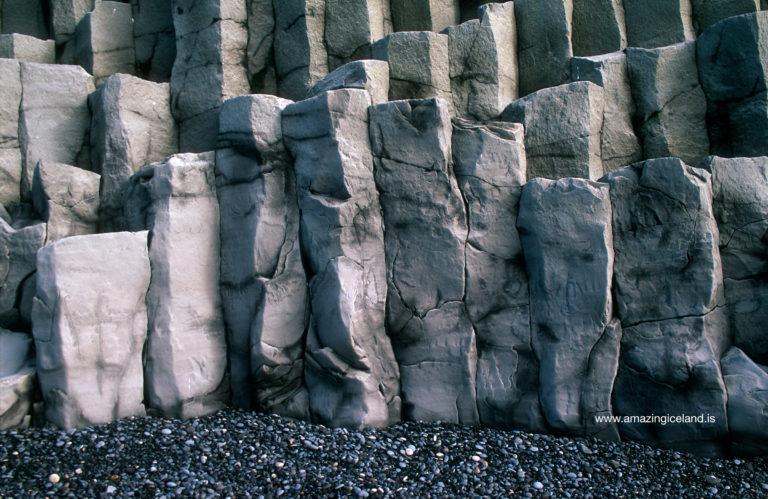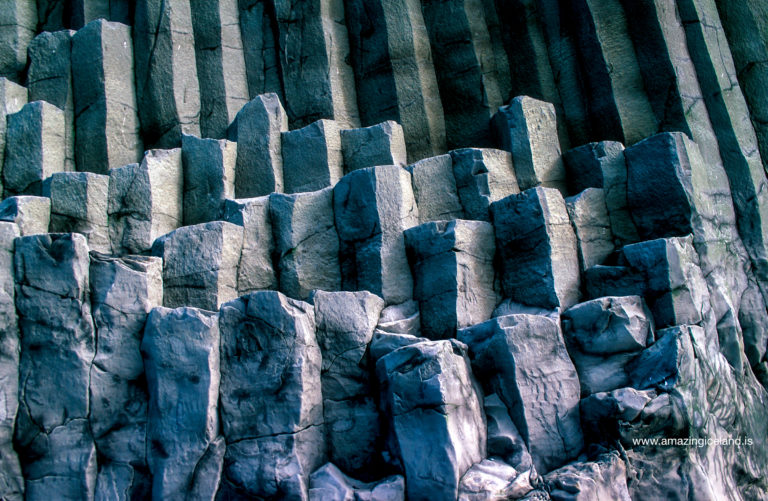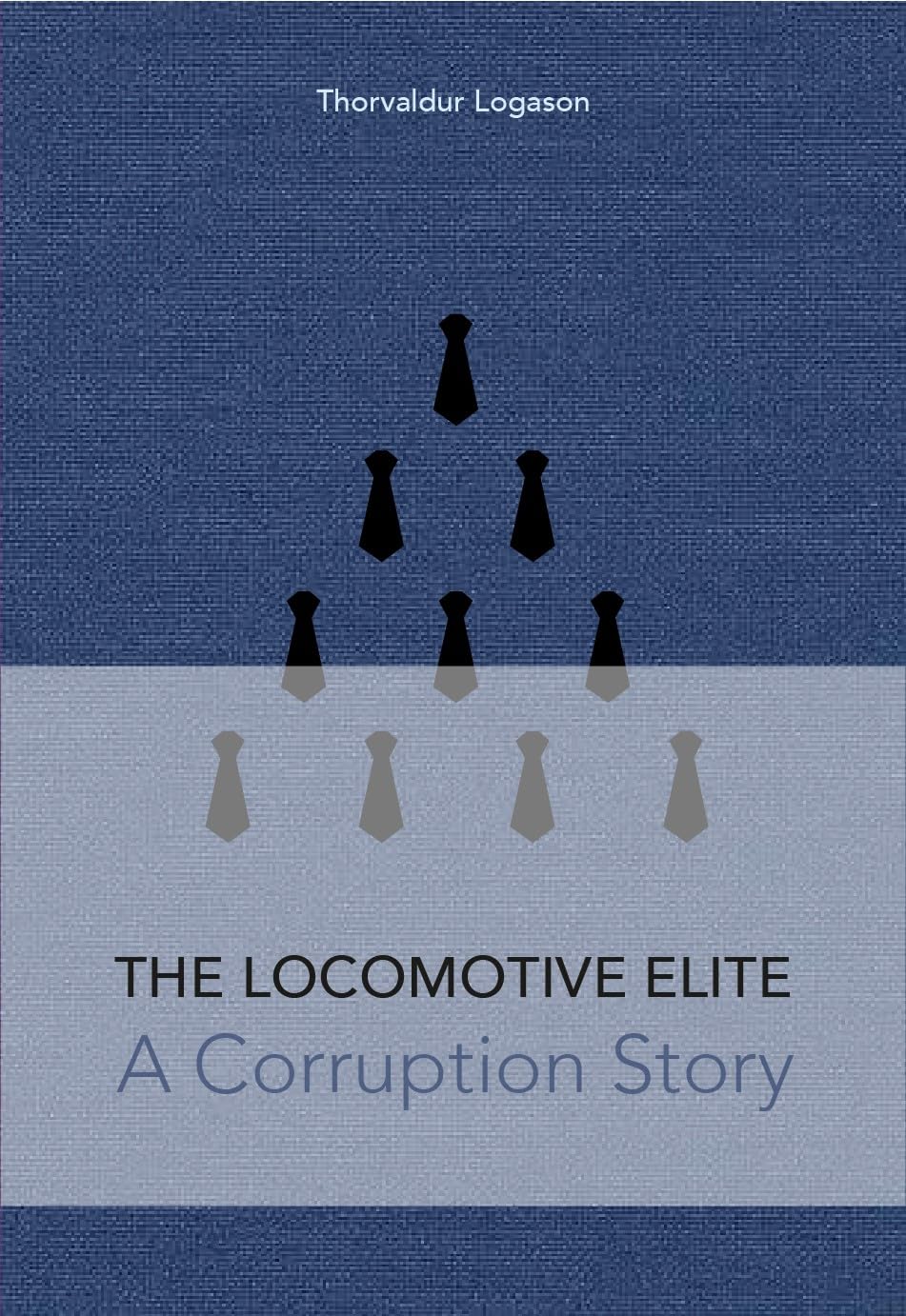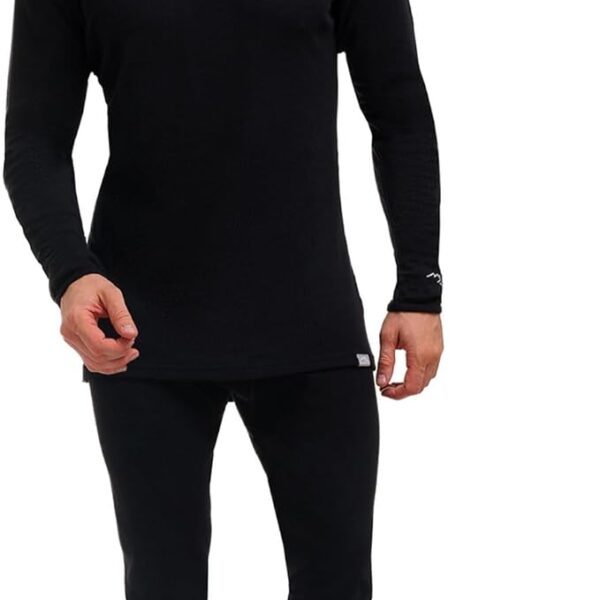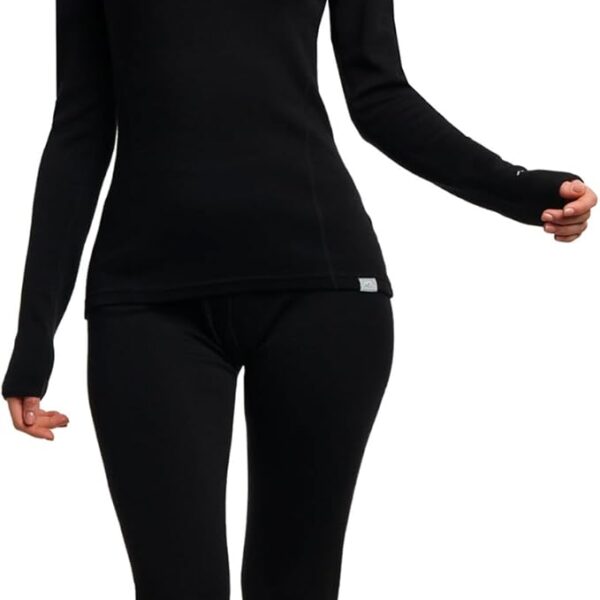
At Iceland’s southernmost point, the black sand beach at Reynisfjara is one of the most beautiful beaches in Iceland. With its enormous basalt stacks, roaring Atlantic waves, flying puffins and stunning panoramas, Black Beach is widely considered to be the most beautiful example of Iceland’s black sand beaches
Reynisfjara black sand beach
Iceland has an abundance of natural wonders and beautiful landscapes to explore, but one destination that stands out among the rest is Reynisfjara’s black sand beach. Known as Iceland’s southernmost point, the black sand beach at Reynisfjara is a breathtaking sight to behold. With its enormous basalt stacks that rise up from the horizon, the crashing waves of the Atlantic ocean, and the plethora of flying puffins that can be seen darting through the air in summer, there is no denying that this beach is truly one of a kind.
Reynisfjara is widely considered to be the most beautiful example of Iceland’s black sand beaches and was in 1991 voted by National Geography as one of the top 10 non-tropical beaches to visit on the planet. The raw black lava sand landscape derives from previous glacial outbursts of the now dormant volcano Katla.
This is a place of wild and dramatic beauty where the roaring waves of the Atlantic Ocean power ashore with tremendous force. No wonder why Game of thrones, Star wars, Justin Bieber and numerous stars and adverts have chosen to film on this location. The place is filled with magic.
Where is Reynisfjara Beach Located?
Reynisfjara Beach is located on the south coast of Iceland 10 km away from the town of Vík and 180 km from Reykjavík.
Why is the Sand at Reynisfjara Black?
The simple explanation for this is that the tremendous power of the Atlantic ocean hammers on the lava rocks at the beach eroding them into ever smaller particles that make up for the sand at Black beach. Thus the black sand is made up of tiny tiny rocks.
There are at least 25 different volcanic rock types found in Iceland with basalt as the best known or most common but types on the island include olivine, gabbro, rhyolite and tholeiite. Reynisfjara is formed from heavily eroded volcanic rocks , which are black (or obsidian) to begin with as they have been formed from cooled lava which turns black as it cools and hardens.
The coastline from Vík í Mýrdal and east to Hjörleifshöfði is prone to rapid changes due to eruptions in the notorious Volcano Katla every fee decades. These eruptions bring with them large amount of sediments in glacial flooding called Jökulhlaup, that can contain millions of cubic meters of material which is then moved along the coast by waves and currents. In the 1918 eruption the coast around Hjörleifshöfði was moved forward by a huge jökulhlaup but the shift and movement of the material moved mostly to the west where it was added along the coast nearby Vík town and had also effect on Reynisfjara – Black beach making it today the south most point of Iceland. Erosion is still ongoing and the coastline in Vík is today back to nearly the same place as it was in 1918, before the eruption in Katla.
Reynisdrangar sea stacks.
According to one local Icelandic folklore, these large basalt columns were once trolls engaged in trying to pull ships from the ocean. However, as bad luck would have it, the dawn quickly arose, turning the trolls into solid stone.
Another legend tells of a husband whose wife was kidnapped and killed by two trolls. The man followed the trolls down to Reynisfjara where he froze them, ensuring that they would never kill again.
The third local folk tail claims that these are indeed troll but if you look into it the trolls in Iceland and the trolls in Faeroe islands where trying to pull the two countries to gather, but where turned into stone and therefore you will find the same formations on a beach over in Faeroe islands.
The largest of the Reynisdrangar Columns is the one with the three peaks which is called Langsamur and looks quite a bit like a ship when viewed at a distance.
Attached to Langsamur is Landdrangur, the second largest stack. Landdrangur is the column which is closest to the beach. The third column is the smallest, and is known as Skessudrangur or Háidrangur, this is ironic as both names derive from the Icelandic words enormous and tall.
In truth, these naturally occurring columns were connected to Reynisfjall mountain range during the last ice age, but after lengthy periods of harsh weathering, they have become eroded to the point where they are no longer visibly connected and look as though they arose up out of the ocean on their own.
The sea stacks themselves are home to thousands of nesting seabirds. Species that can be found here include Puffins, Fulmars and Guillemots, making it a must-see location for all birdwatchers out there.
Weather and erosion continues to reshape the Reynisdrangar, the cave and Black beach on a daily basis, the ever changing light and contrast in weather and the elements make sure that no two visits to the area will produce the exact same sights.
What is there beside black sand beach?
Reynisfjara features an amazing cliff of regular basalt columns resembling a rocky step pyramid called Hálsanef, thought to have given an inspiration to the state architect Guðjón Samúelsson when he designed the big church Hallgrímskirkja in Reykjavík as well as when he designed the national theatre of Iceland. Hálsanef is at the roots of the mountain Reynisfjall (340m) with one of the steepest mountain roads to be found in Icleand. Just around the corner you will find the cave Hálsanefshellir and to the east from the cave you will see the basalt columns Reynisdrangar out at see that in folk tails are thought to be trolls. To the southwest you will find Dyrholaey (Cape of the Doors), a natural rock bridge formation that is perhaps the most recognisable landmark in South Iceland. In the summer you can drive to the top of it and walk to the old lighthouse for fantastic views of the areas rich birdlife, including puffins. To the north you will have a view to the beautiful glacier Mýrdalsjökull.
Interesting places near Reynisfjara
Skaftafell National Park is 150 km away to the east. On the way from Reykjavík you will drive through the towns of Selfoss, Hveragerði, Hella and Hvolsvöllur and find beautiful sites like Seljalandsfoss Waterfall , Skógafoss waterfall, Sólheimajökull Glacier and Dyrhólaey island.
Black beach Restaurant
The restaurant was built in 2014 and is an architectural beauty where the building blends into the terrain as rocks from the beach were used for building material in the walls. The coffee house offers; hot soup, freshly made cakes and sandwiches, local discs such as waffles with local ice cream, soft drinks, coffee and tea. The restaurant offers traditional Icelandic food like lamb, beef and fish and free wifi for guests.
Few films and shows filmed at Reynisfjara.
Iceland is a very popular filming location for everything from Hollywood movies to big-budget TV shows, and Reynisfjara Beach is no exception in this regard.
Game of Thrones – East watch, where the Men of the Night’s Watch are stationed.
Noah (2014) – The Biblical epic directed by Darren Aronofsky and starring Russell Crowe
Star Trek: Into Darkness (2013) – The second instalment in J.J. Abrams’ sci-fi series, featuring Chris Pine and Benedict Cumberbatch.
Rogue One: A Star Wars Story – A prequel to the original Star Wars film and a much grittier take on the series’ lore.
Reynisfjara Beach is a Black Sand Beach Unlike Any Other enjoy it but stay safe at the same time.
Why is the black sand beach so dangerous?
This beach is the southernmost point of Iceland. Between Iceland and the mainland is nothing. This results in waves building up and nothing there to break them down before they hit the beach. These waves can come in 6-7 very innocent but then the 8th can be a giant one. The beach it self is Narrow and about 4m out there is a cliff in the ocean. This means that it is not normal slopey beach and the waves break with a heavy force and can break on top of each other. Furthermore there are small pebble stones on the beach which make it very difficult to stand up if you get swept of your feet. What is tricky about the beach is that even in beautiful weather it can be dangerous, all depending on the weather out at sea and even the days before. The tide, being high or low also comes in to play. So not a single day at the beach is the same or similar. It is like a demon that you don’t know what is up to so you have to be careful not to feed him. This demon has taken 6 lives in recent years and hundreds through history. We like people to visit, enjoy the country and be safe.
Interesting facts:
The coastline from <a href=https://amazingiceland.is/destination/vik-i-myrdal/>Vík í Mýrdal</a> and east to <a href=https://amazingiceland.is/destination/hjorleifshofdi-cape/>Hjörleifshöfði</a> is prone to rapid changes due to eruptions in the notorious Volcano Katla every few decades. These eruptions bring with them large amount of sediments in glacial flooding called Jökulhlaup, these glacial floods can contain millions of cubic meters of material which is then moved along the coast by waves and currents.
The Locomotive Elite
What do Donald Trump and Iceland’s Locomotive Elite have in common?
Far more than you think.
In The Locomotive Elite, you’ll uncover how a tiny clique in Iceland captured extensive control—of banks, courts, media, and even the central bank.
For decades they ruled, first democratically, then through corruption and in the end through crime, enriching themselves and their cronies while dismantling oversight.
The result?
One of the most spectacular financial collapses in modern history.
